Sales and Marketing Communications


There are various types of sales and marketing letters:
The Customer is being asked to purchase products and services immediately on the basis of the inducements in the letter. The letter will need to be drafted attractive enough to garner interest and grab attention. It must also be able to convince the Customer immediately on the quality and price of the product or services.
This is a letter announcing a Sale to existing customers or people on the mailing list. It should include the following information:
(i) dates of the sale;
(ii) venue of the sale;
(iii) reason for the sale:
(iv) description of the items on sale; and
(v) amount of discounts offered.
There should also be a call to action to get the customer to act immediately.
This is a letter to customers to generate interest in future sales. It could be an announcement of new or improved products, services or features, something that will prompt customers to make further enquiries. It needs to draw the attention of the customers but does not need to include specific details of the products or services. The promotion will need to stimulate the interest and desire of the customers to learn more about the products or services. Contact details of the company or salesperson should be apparent to make it easy for customers to make further enquiries.
Responding to a mail/e-mail enquiry is an art, especially for a salesperson. It opens up future sales opportunities and a well-drafted response will often result in sales orders or referrals. In general, the response should be prompt, specific and helpful to the addressee. If possible, provide additional and complete information that is relevant to the addressee. There are numerous types of responses, including the following:
If the customer has not responded after an enquiry, or you would like to approach an old inactive customer, you may wish to send a follow-up message to spark the conversation.
It is common in business to refuse a request or reject a proposal. There are many decisions that need to be made, including employing people, granting favours or awarding contracts. The best way to say no is not actually saying no. Be positive, courteous and polite, and state the actual refusal briefly. You should always try to give a fair and reasonable explanation for your rejection based on facts and not emotions. Do not get personal or make the requestor thinks that he/she is the reason for the refusal. Depending on the situation, you may want to keep your options open by saying something like " whilst we will not consider your request now, we will bear this in mind and let you know if the situation changes". This will open up the possibility for future dealings with the requestor.
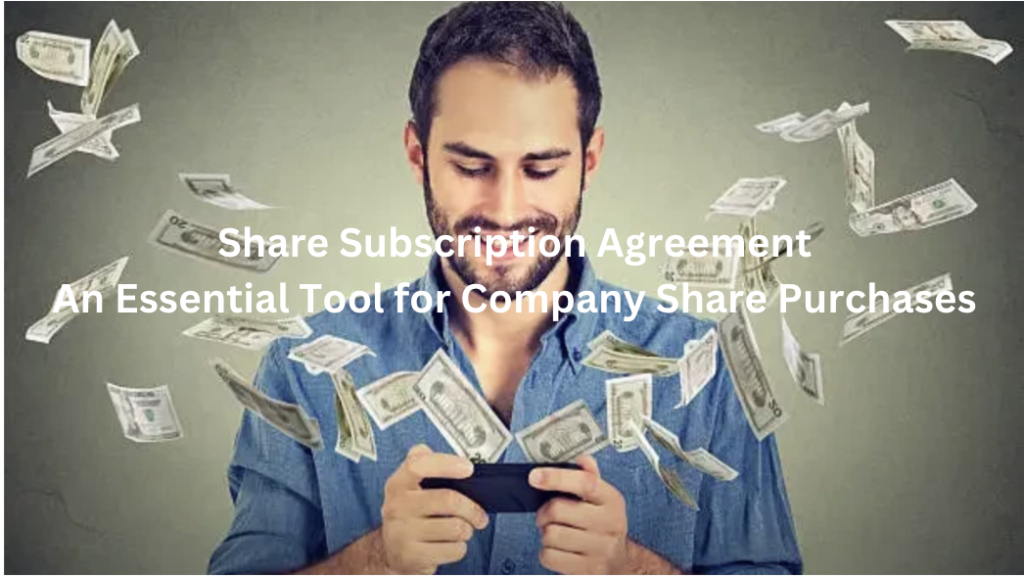
19 Feb 2024
3 min read

15 Nov 2023
5 min read
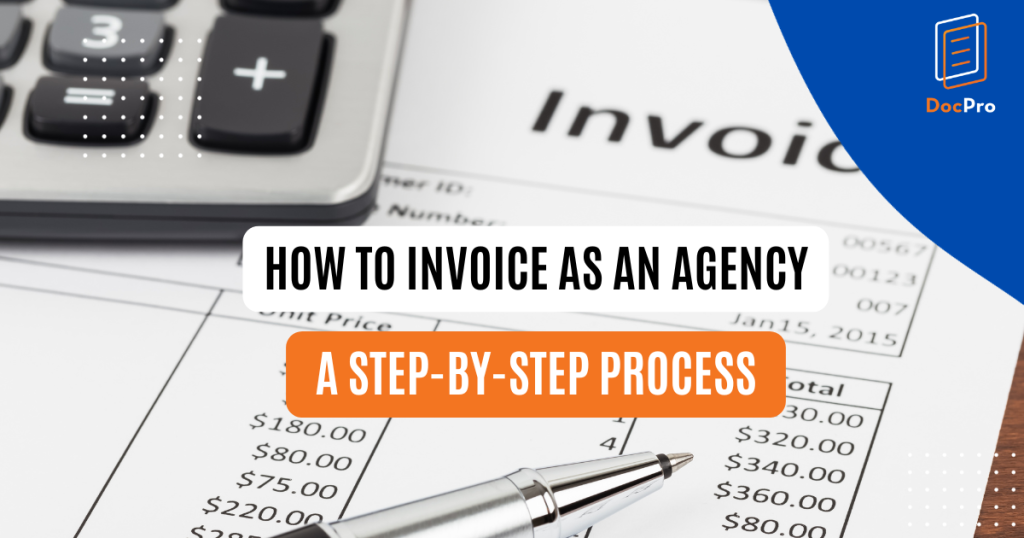
22 Sep 2023
3 min read

11 Apr 2023
4 min read

27 Jan 2023
5 min read

10 Jun 2022
6 min read

21 May 2021
5 min read

15 Jan 2021
6 min read
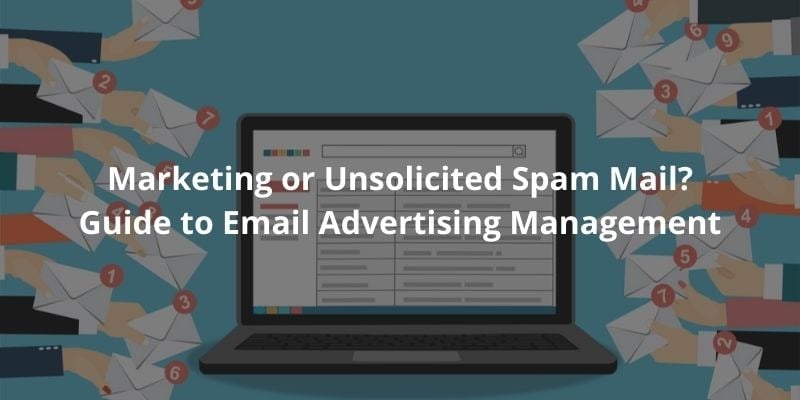
9 Sep 2020
8 min read
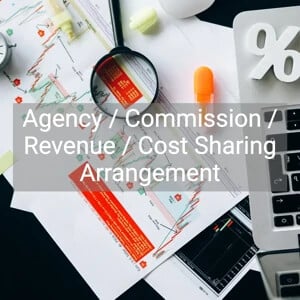

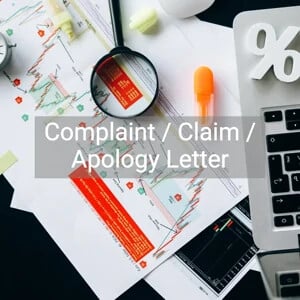




Not the right document?
Don’t worry, we have thousands of documents for you to choose from: